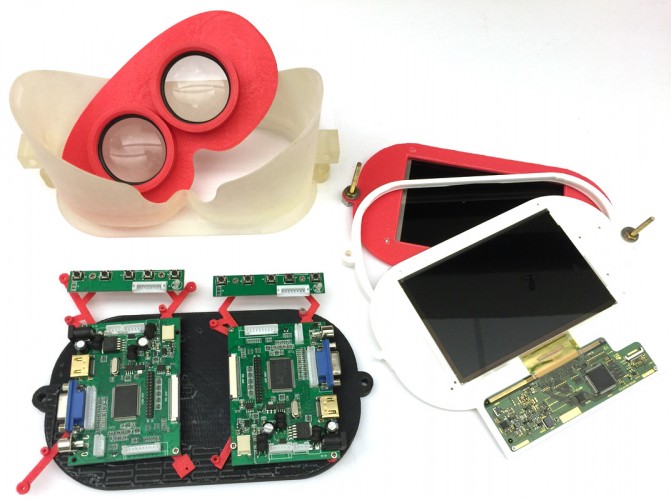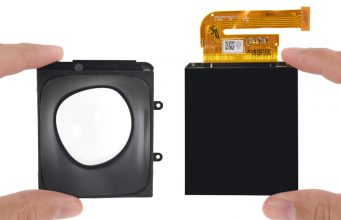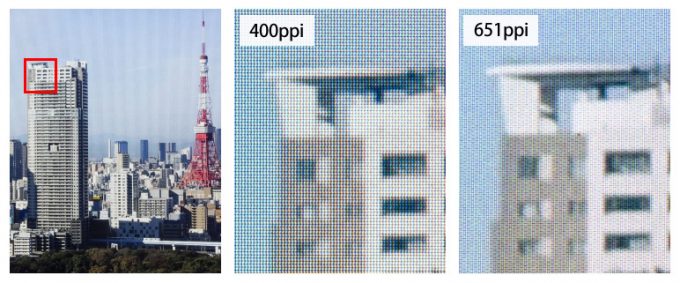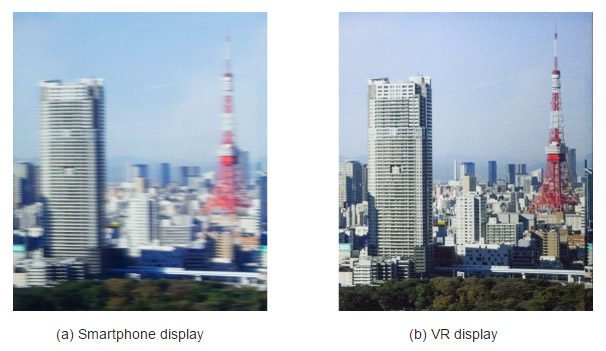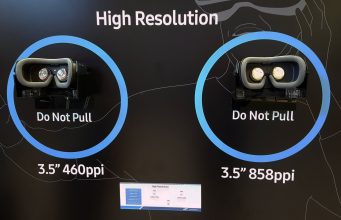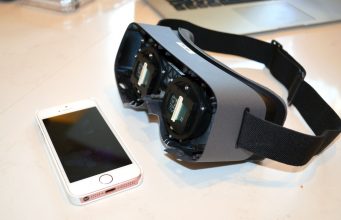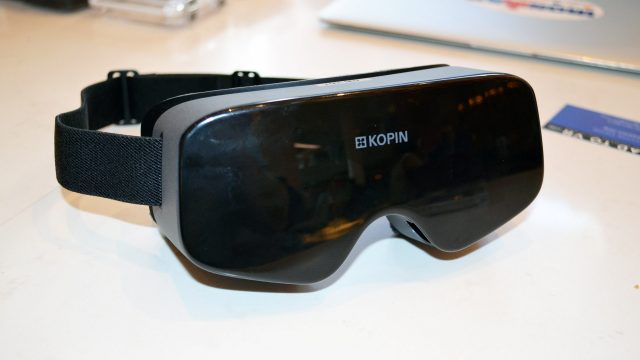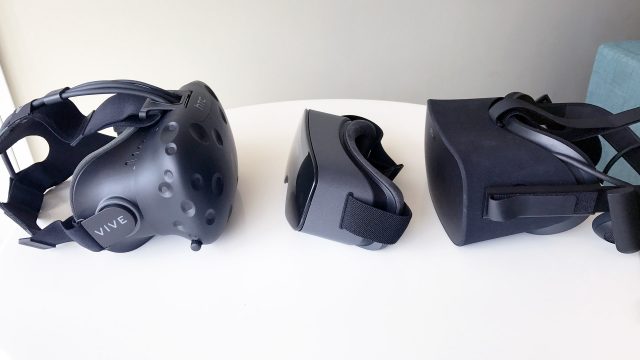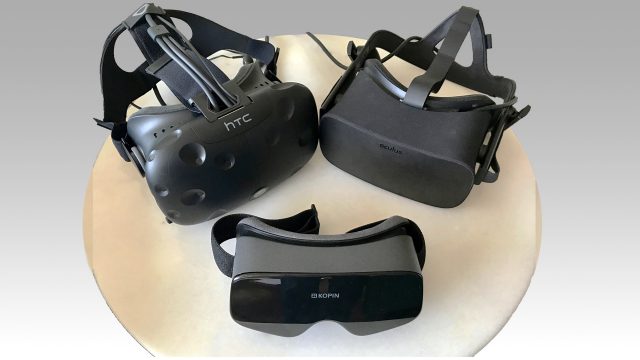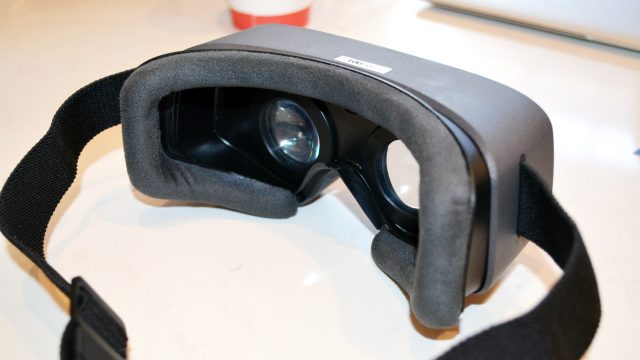CastAR, the new HMD technology that promises to bridge the gap between augmented reality and virtual reality is almost over—raising well over 200% it’s original target, we take a look at its progress.
A Kickstarter, Expertly Executed
CastAR, the new Virtual / Augmented reality system developed by ex-Valve employees Jeri Ellsworth and Rick Johnson, is in its final few hours of its Kickstarter campaign – and there’s little argument as to its success.
I can well foresee in the near future (if this hasn’t already happened) a new specialist field developing in PR and Marketing – that of the Crowd-funding Campaign Consultant. Kickstarting is rapidly becoming an art. We’ve seen (and backed) our fair share of Kickstarters here on RoadToVR, but it’s generally easy to pick out those whose execution has had real thought and planning put into it. CastAR’s campaign was a textbook example on how you should do it. As a result, the campaign’s progress has been swift to raise funds:
From Jeri Ellsworth’s heartfelt pre-Kickstarter 18 month potted history of CastAR, through what seems to have been a gruelling 30 day PR offensive, both Rick and Jeri’s enthusiasm and obvious passion for the CastAR project remained seemingly undimmed. Healthy and interesting project updates showing both the technical feats the team have accomplished and also the range of potential applications CastAR technology could be applied to. Also the team were able to keep the interest high with announcements such as the integration of Leap Motion and the early support for the open source Vireio Perception drivers for the devices VR Clip-On accessory.
But most effective was the reactions of real people trying the system for the first time. As with the Oculus Rift, CastAR is one of those devices you really need to experience for yourself. Filmed at Maker Faire 2013, California back in May, the team officially unveiled their work to the public for the very first time:
Stretch Goals Progress
The campaign has blown through its first 3 stretch goals (pictured below) and may just squeeze the fourth before the curtain falls. The $900k goal promises the addition of a high-speed on board Gyroscope for additional movement tracking accuracy.
Backers can expect early editions of the CastAR glasses and accessories to ship in September 2014, although it must be said that’s a challenging goal to reach. As with the now legendary Oculus Rift shipping delays, expect some wiggle room on these dates before you get your hands on the kit.
We can’t wait to see the system for ourselves and find out where this unique approach to immersive 3D gaming might take take the industry and what other uses the team might dream up in the mean time.
Back the CastAR KickStarter Here
The post CastAR Kickstarter Enters Final Stretch With Almost $900k Raised appeared first on Road to VR.




















